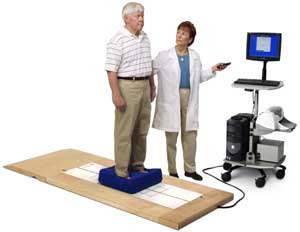I am mother of Shivam from Itarsi, Madhya Pradesh. At two and half year of age we got to know that my child has cerebral palsy. We were searching for best place of treatment and we tried every possible measure to treat our child. By that, my child started standing and walking with difficulties. His knees were bend and were not able to walk properly. He also attended school and he has good intelligence and great urge to continue his education for further.
I had taken him to several places for last 18 year but I didn’t get any satisfying results. After lots of disappointment I tried to search about cerebral palsy and its treatment on internet. After a long search I got address of Dr.J.K.Jain. We came to Allahabad.
Dr. Jain had suggested my son for surgery and physiotherapy treatment. Then we came in may 2011 to Allahabad and on 10th may 2011 OSSCS surgery was done by Dr. Jain. After few days, physiotherapy started under team of therapist at trishla orthopedic rehab center and CP Home. Initially he had lots of problem due to sever sensory problem and more age (18 year) but with passage of time and effort from whole team of Samvedna his knee became straight and showing positive results. And we have seen very significant positive changes in his knees.
Now his knees are in better condition and he is walking with the help of walker. Moral of My son has increase many fold due to his own improvement. We were very much relieved because of Cerebral Palsy home. Everybody at trishla and Samvedna was very helpful. Alok Kumar Singh sir had helped us a lot in every kind of problem. I am very happy with the treatment and also grateful to Samvedna and its hard working team.
